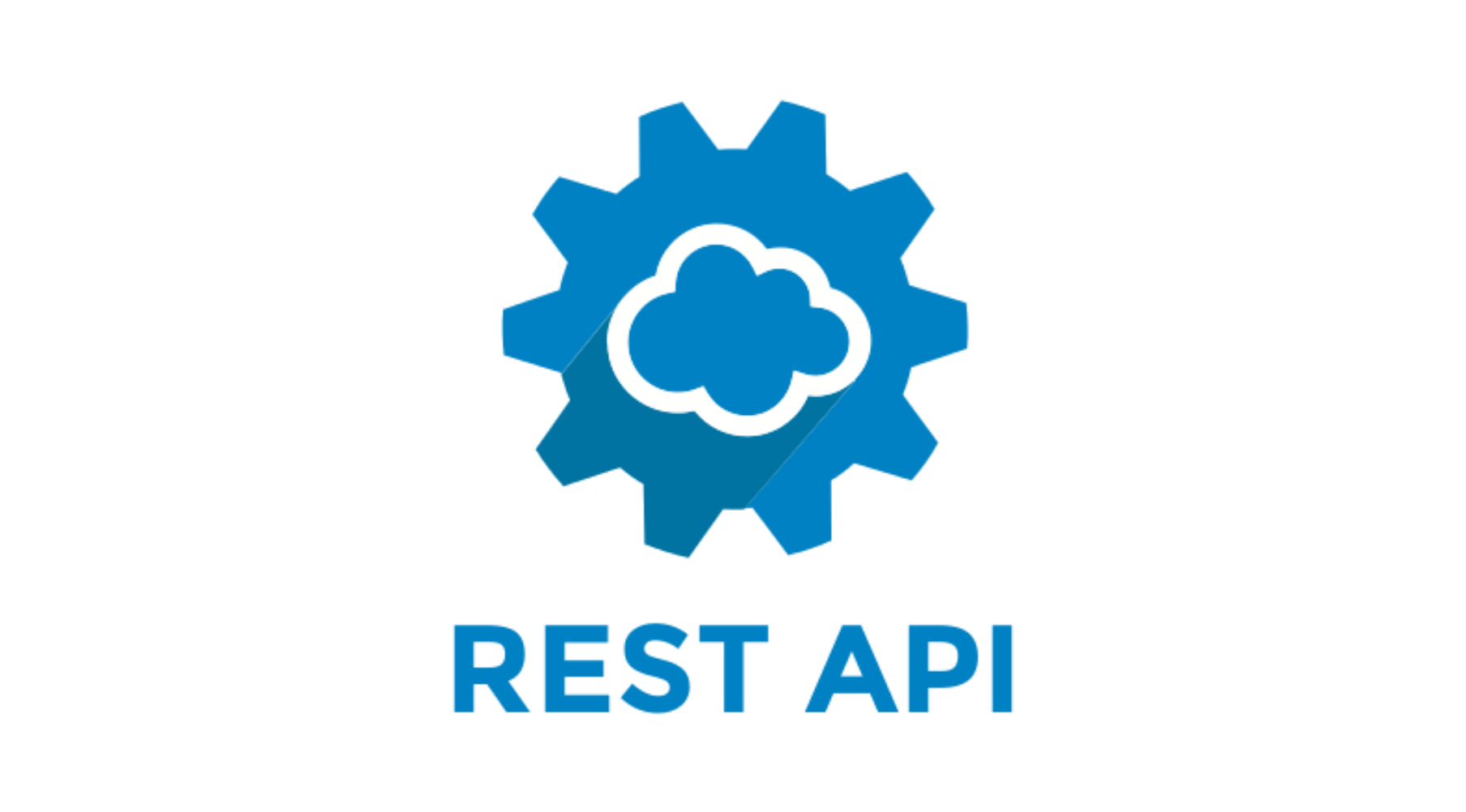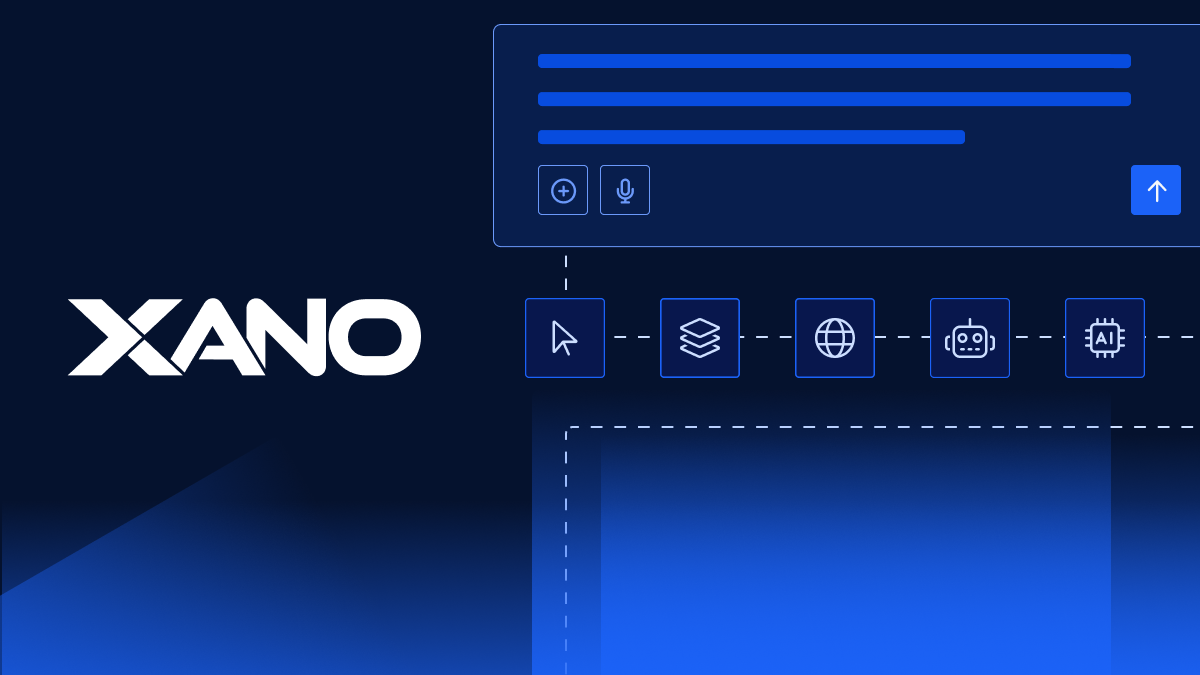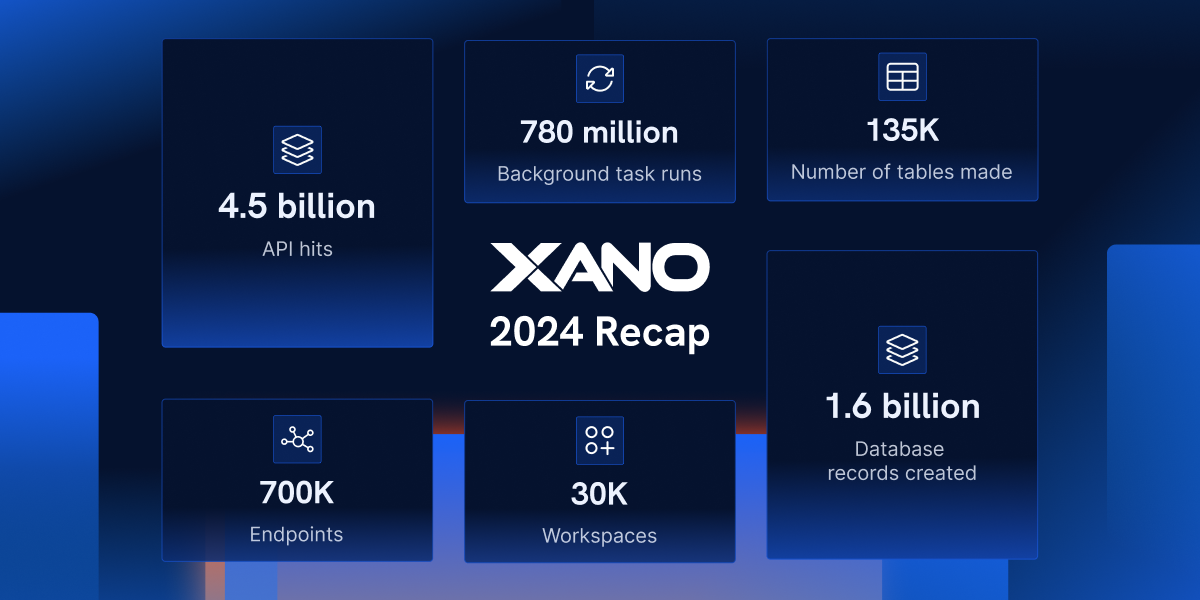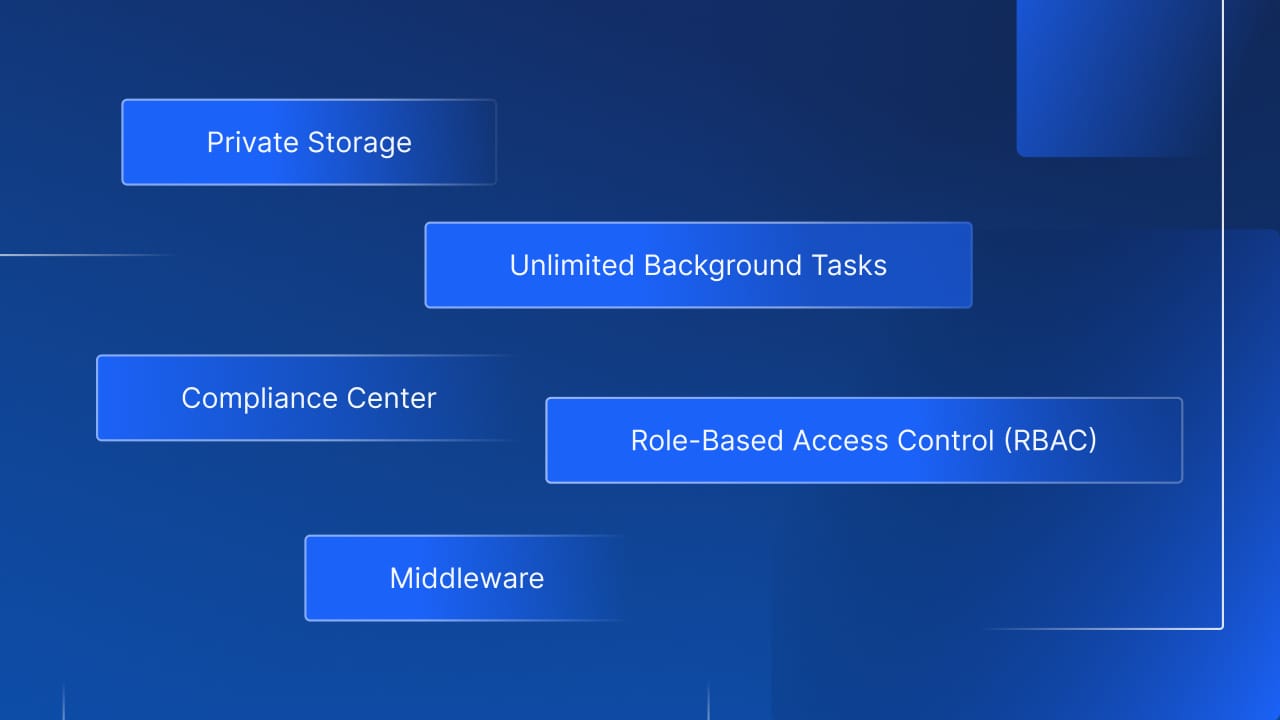When Is It Best To Use A RESTful API?
By Xano | December 5, 2021

RESTful APIs are an increasingly preferred design style for programmers and are currently among the most popular APIs across the world. However, strength in numbers may not necessarily be a good thing depending on the specifications of your project. If you are new to using APIs, you're probably wondering if the hype over REST is worth it.
The truth is, the popularity of REST APIs is mostly well-deserved. They provide many advantages, including being fairly simple to learn and adopt. For mobile applications and social networking sites especially, using REST APIs should meet your needs, especially when there will be extensive back-and-forth messaging between servers.
However, in some rare situations, REST APIs may not be able to handle your demands, especially when working with microservice architecture. Below, we will go over when and where it is best to use a RESTful API.
What Is A RESTful API?
REST API, commonly referred to as RESTful API, stands for Representational State Transfer and refers to a specific software architectural style. Any API that follows REST design principles is called a RESTful or REST API.
In the simplest terms, a RESTful API allows computers and applications to communicate with one another via HTTP just like clients and servers communicate. RESTful APIs is one of the two most commonly used APIs, the other being SOAP APIs (which we'll talk about a bit more below).
When Should I Use A REST API?
The short answer is, anytime you want. REST APIs are taking off as the go-to API in the tech sphere, so there are few situations where a REST API wouldn't be equipped to handle communication between computers and applications.
That being said, there are some situations where RESTful APIs may be particularly useful in comparison to other options.
Mobile Applications & Social Networking Sites
RESTful APIs are known for being lightweight and flexible. For this reason, they're commonly used in social networking sites and mobile applications. Many already-popular applications and websites make use of RESTful APIs, which makes it much simpler to link your app or site to third-parties.
Developing A Public API
For public APIs, REST is typically the go-to option as it relies on resource-based operations (GET, PUT, POST, DELETE) from HTTP or sometimes call C.R.U.D (CREATE, READ, UPDATE, DELETE). This simplicity makes it easier for web browsers and developers to connect with REST APIs, increasing the likelihood of your API being widely used.
Quick Developer Response
Discussing SOAP APIs helps us illustrate the benefit of REST here. SOAP services maintain open stateful connections with complex clients, while REST APIs allow requests to function completely independently of one another. As a result, REST allows for significantly quicker calls to a URL, yielding faster response times in return.
Substantial Back-And-Forth Messaging
When apps require a lot of back-and-forth messaging, always use REST APIs. This results in less interruption during user uploads where the connection is lost as the server does not store client context in-between requests.
This significantly improves the user experience. For example, if a user loses their internet connection while trying to upload an image to Facebook, they can simply hit a “try again” button once the connection is restored as opposed to having to start from scratch.
Should I Ever Avoid RESTful APIs?
In the vast majority of cases, RESTful APIs should be more than adequate to suit your needs, and are in fact the best option. However, we have actually discussed this topic a bit before when we talked about the differences between GraphQL and REST.
Situations where GraphQL is a better choice are fairly rare. Most of the time, REST APIs will meet a project's needs, and come with the advantage of being widely known and familiar to most programmers. However, in very rare cases, you might be better off using an alternative query language better equipped to handle more complex requests.
The Bottom Line
In the next few years, we expect REST APIs to be the go-to option for most scenarios. However, it is always a good idea to learn the basics of other languages, such as GraphQL, in the rare instances a RESTful API isn't best-suited for a given project.
Looking for solutions for your company? Xano is the fastest No Code Backend development platform on the market. We give you a scalable server, a flexible database, and a No code API builder that can transform, filter, and integrate with data from anywhere. Sign up here to get started.
The post When Is It Best To Use A RESTful API? appeared first on Xano.

















